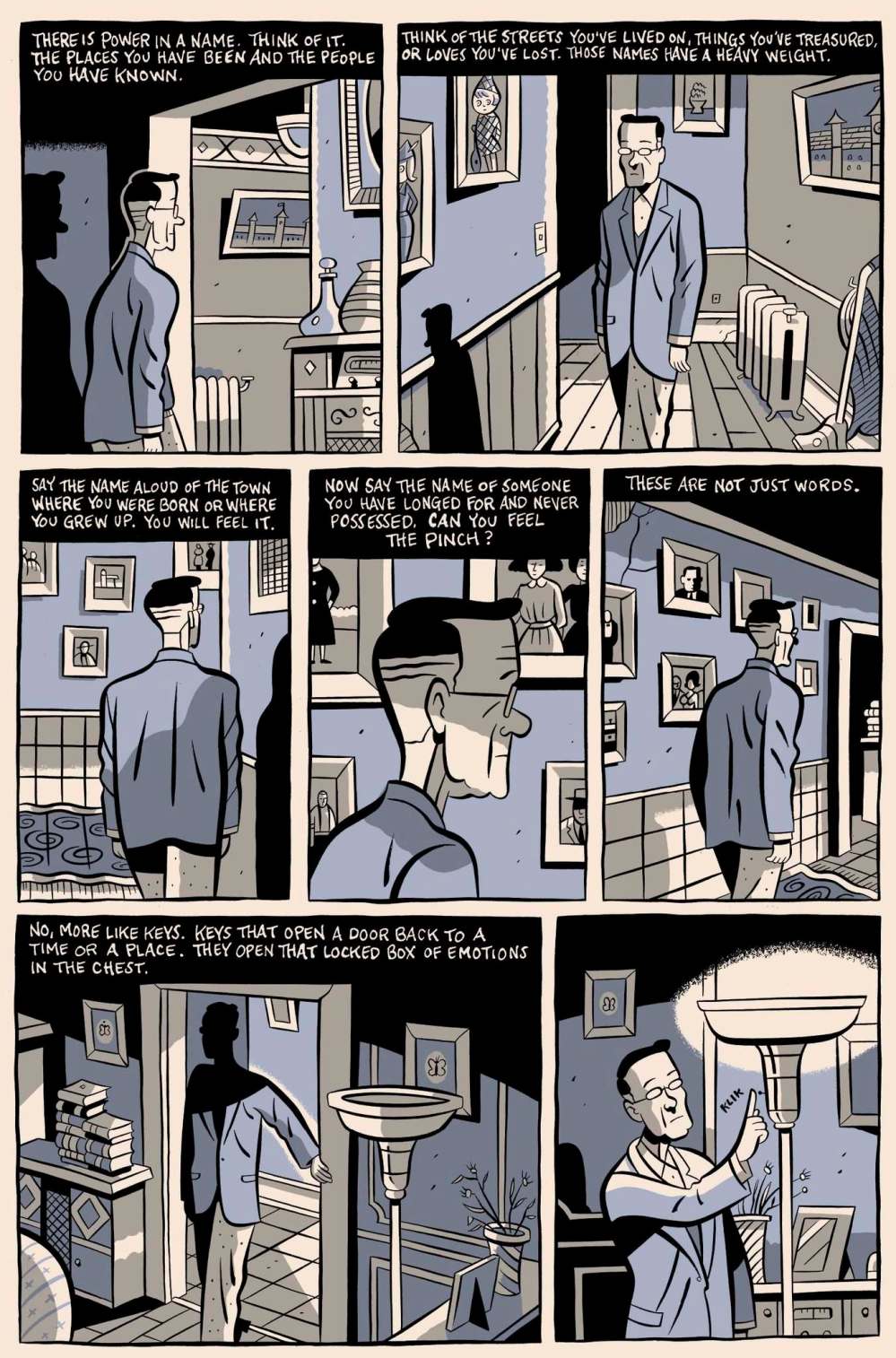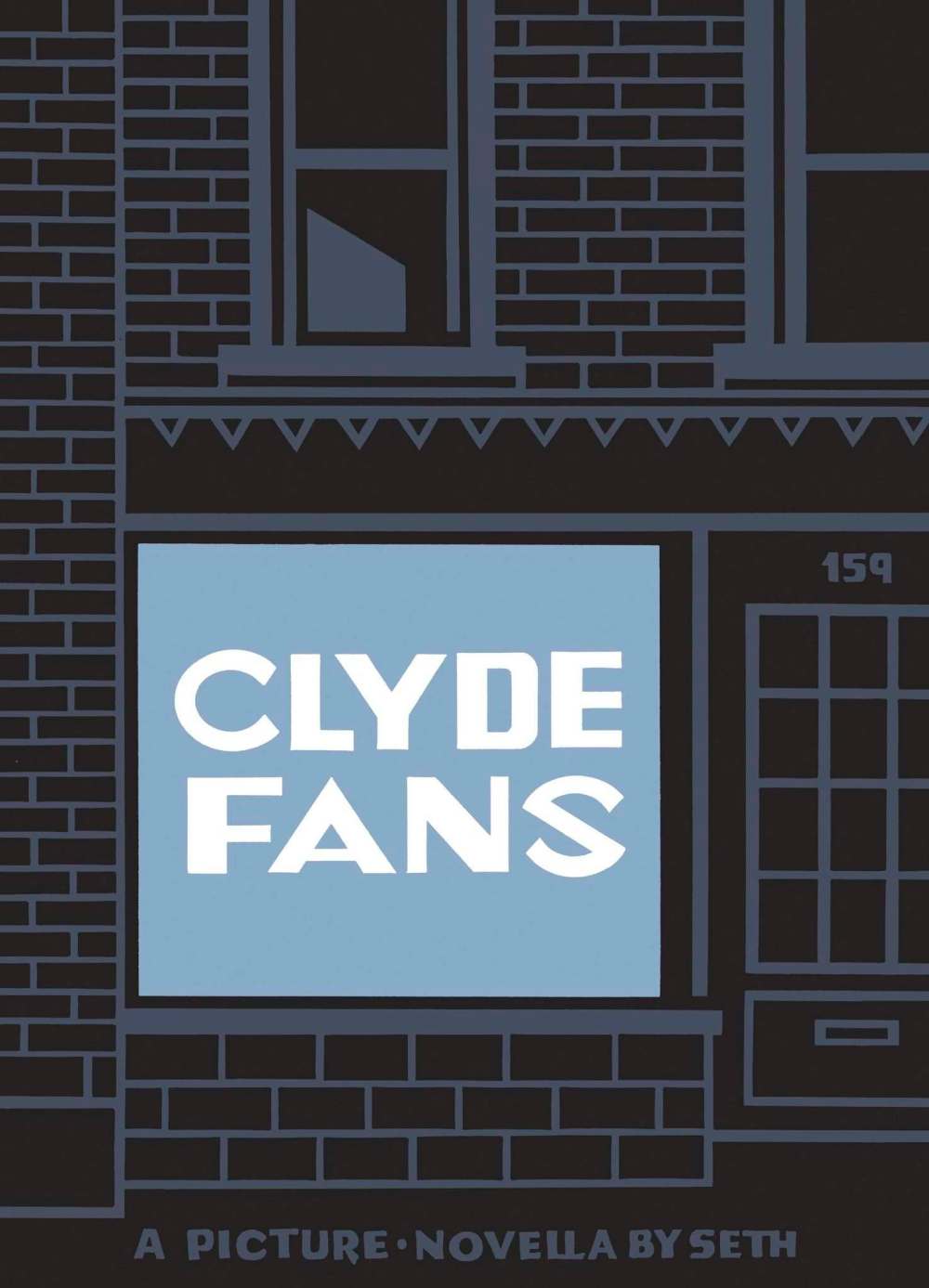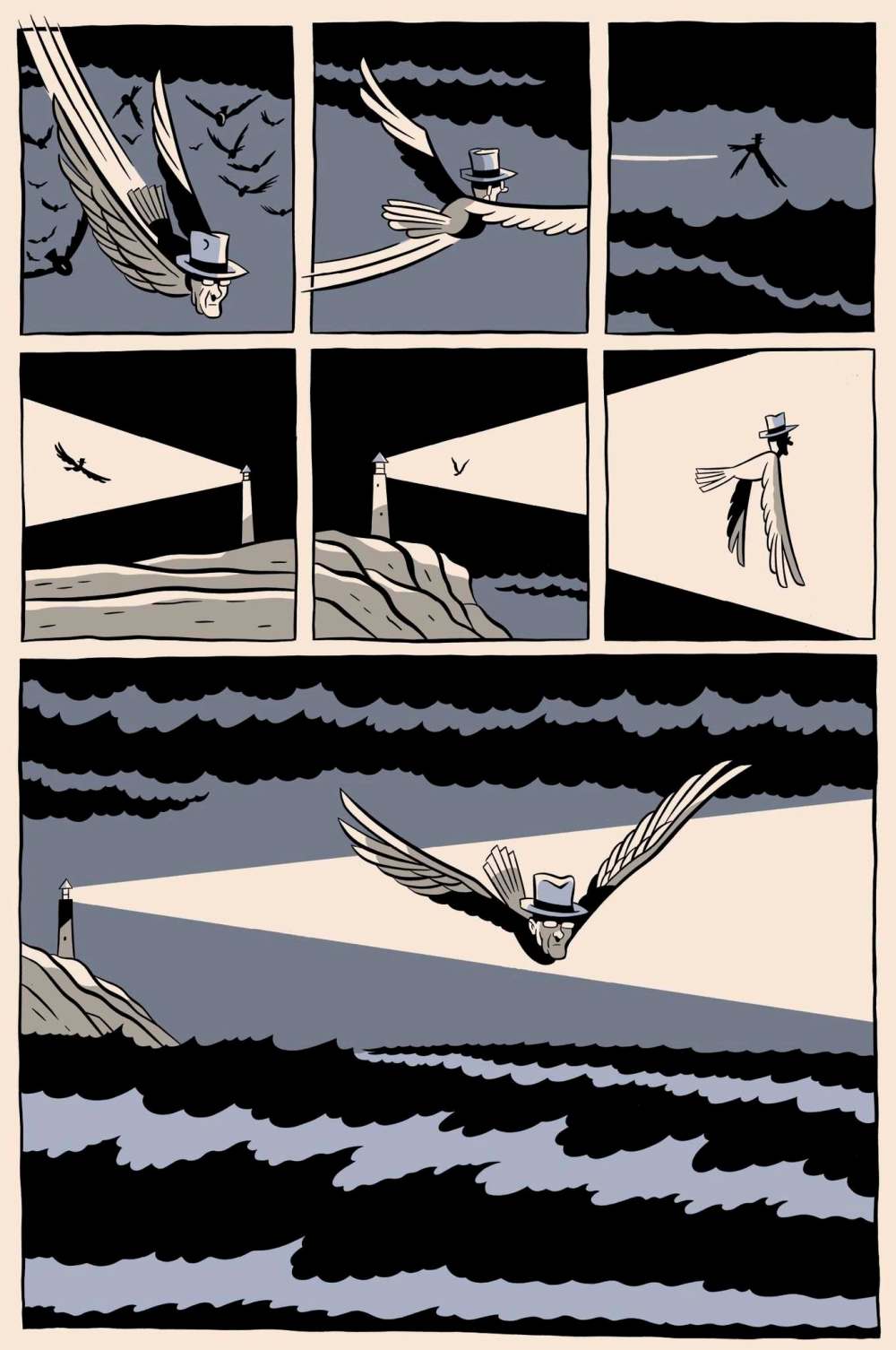Picture perfect
Seth's sprawling graphic novel a master class in storytelling
Advertisement
Read this article for free:
or
Already have an account? Log in here »
To continue reading, please subscribe:
Monthly Digital Subscription
$1 per week for 24 weeks*
- Enjoy unlimited reading on winnipegfreepress.com
- Read the E-Edition, our digital replica newspaper
- Access News Break, our award-winning app
- Play interactive puzzles
*Billed as $4.00 plus GST every four weeks. After 24 weeks, price increases to the regular rate of $19.00 plus GST every four weeks. Offer available to new and qualified returning subscribers only. Cancel any time.
Monthly Digital Subscription
$4.75/week*
- Enjoy unlimited reading on winnipegfreepress.com
- Read the E-Edition, our digital replica newspaper
- Access News Break, our award-winning app
- Play interactive puzzles
*Billed as $19 plus GST every four weeks. Cancel any time.
To continue reading, please subscribe:
Add Free Press access to your Brandon Sun subscription for only an additional
$1 for the first 4 weeks*
*Your next subscription payment will increase by $1.00 and you will be charged $16.99 plus GST for four weeks. After four weeks, your payment will increase to $23.99 plus GST every four weeks.
Read unlimited articles for free today:
or
Already have an account? Log in here »
Hey there, time traveller!
This article was published 27/04/2019 (2377 days ago), so information in it may no longer be current.
Acclaimed cartoonist Seth is Canada’s great chronicler of the costs of 20th-century capitalism through the eyes of the white men who were supposed to be its greatest beneficiaries.
From brutish businessmen to sad sacks, he draws intimate portraits of mid-century men in southwestern Ontario, undertaking a forensic analysis of their behaviour and psychology.
Clyde Fans (which hits bookstore shelves on Tuesday, April 30) is the apex of Seth’s oeuvre. It achieves the near-impossible by producing great empathy for two very different aging brothers, one a gregarious extrovert and the other a perplexing introvert, whose prosaic lives don’t usually earn such epic storytelling.

Seth (the pseudonym for Gregory Gallant) is a Guelph, Ont., award-winning cartoonist, illustrator, book designer and gallery artist, and the subject of the 2014 NFB film Seth’s Dominion.
He emerged on the Toronto alternative/indie comics scene in the early 1990s and has maintained a steady flow of graphic novels — or, as he calls them, “picture novels” — ever since: It’s a Good Life, If You Don’t Weaken (1996); Wimbledon Green (2005); George Sprott (2009); The Great Northern Brotherhood of Canadian Cartoonists (2001); and Bannock, Beans and Black Tea (2004), an illustrated memoir of his father’s Depression-era childhood on Prince Edward Island.
It is not an exaggeration to say he is now considered one of North America’s greatest living cartoonists.
Clyde Fans is the complete edition of a serial graphic novel 20 years in the making. The story of Abe and Simon Matchcard, inheritors of their father’s oscillating fan business, appeared in issues of Seth’s comic book Palookaville between 1998 and 2017.
There were earlier collections, Clyde Fans: Part One (2000) and Part Two (2003), but this substantial complete edition was well worth the wait, not least because it is a beautifully designed book and a momentous object for any book collection.
The story moves back and forth over Abe’s and Simon’s lives, chronicling their difficult relationship as well as the economic and social changes around them.
The figure of their mother looms large, from early memories of her distress at being abandoned by their shady father to her present decline into dementia.

In one sense, very little happens: the primary (and primal) scene in the brothers’ relationship is a failed 1957 sales trip Abe set up for Simon to prove he could join the family business.
It didn’t work out, and thereafter Simon retreated to the family home above the shop, sharing his time between collecting “novelty freak postcards” of out-sized vegetables and farm animals and caring for their mother. Meanwhile, Abe struggles unsuccessfully to keep the family business going.
Clyde Fans alternates between 1957 and 1997, and between the external events and interior lives of both brothers, especially Simon. We see Simon’s psychological attachment to their mother, as well as Abe’s callous detachment from his ex-wife.
Around them, the world is changing. Seth tells a secondary story here of the decline of Canadian small manufacturing and the end of the era of travelling salesmen, along with the personal and professional relationships they built.
Almost every page in Clyde Fans is as a master class in comics storytelling. Seth’s pacing, layouts and panel design combine with nuanced facial expressions, communicative silences and shifting perspectives to allow the visual narrative to do most of the heavy lifting. Close-up sequences of the brothers contrast effectively with wider angles on urban architecture.
Equally spectacular is Seth’s attention to interiors and his meticulous rendering of objects, from the fans in a catalogue to the knickknacks on the mother’s dressing table, that speak to both individual and historical moments long past.
Seth’s two-tone fluid drawings, dramatic angles and retrospective voice-over make reading Clyde Fans like watching a classic 1940s film noir, but instead of detectives and femme fatales we get the salesmen and shut-ins in the background.

Clyde Fans shows us the world from their points of view, exploring their everyday dramas and frustrations while suggesting the rich inner lives they repress, conceal and dull with alcohol.
Just as Seth shifts our empathies from Abe to Simon throughout, so does the cartoonist himself seem caught between compassion and criticism of his own creations.
But this isn’t about liking these characters, it’s about understanding how they came to be who they are. And in this sense, Clyde Fans is an extraordinary picture novel about masculine psychology that illustrates the toll once-dominant notions of gender and success take on the men who could never live up to them.
Candida Rifkind is an associate professor in the department of English at the University of Winnipeg, where she teaches courses in comics studies and Canadian Literature.


